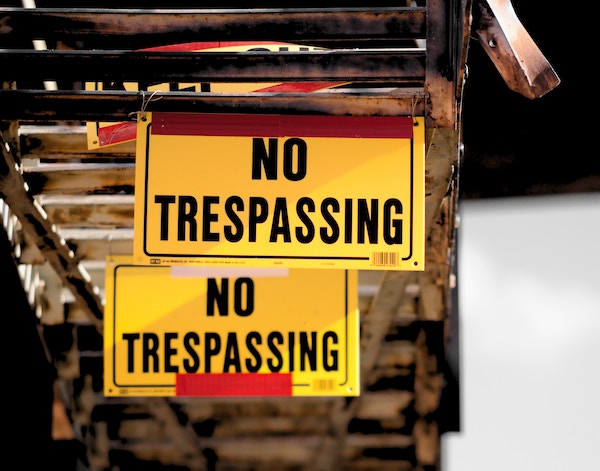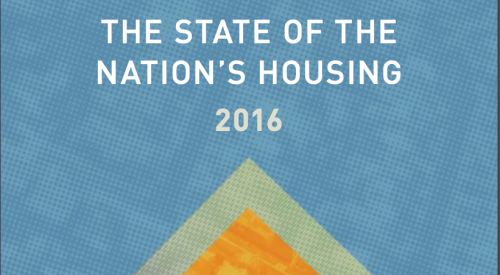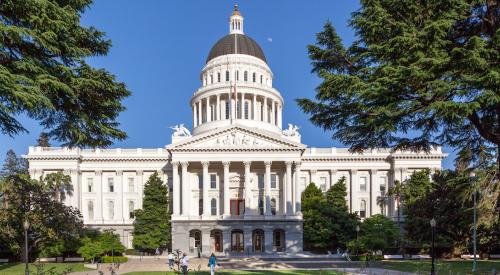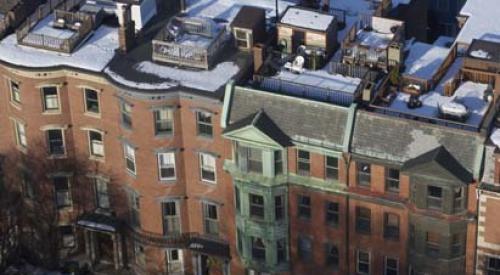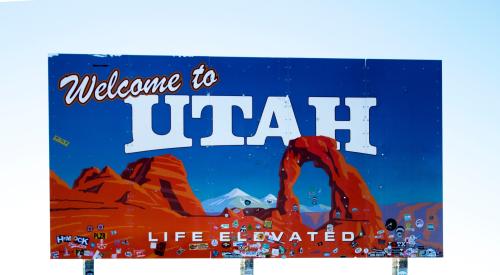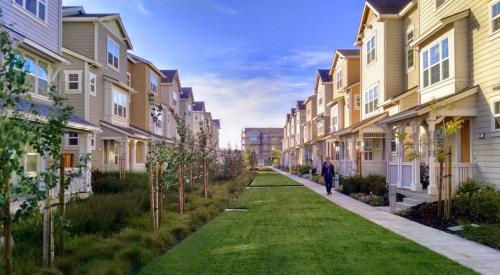CityLab cites reports showing that permitting for new housing in California and for most of the country have declined significantly from more than a decade ago.
For example, rental property site Apartment List analyzed Census Bureau data since 1990 and found that 38% fewer housing units were permitted nationwide in 2018 than in 2005, the year permits peaked before the recession. Actually the total number of 2018 permits was roughly the same as the number permitted in 1994 when the U.S. population was 20% less than it is today.
Additionally, a report released by the California Legislative Analyst’s office using Construction Industry Research Board figures found that permitting for multifamily housing dropped 23% during the first seven months of 2019 compared with just a 10% decline for single-family housing.
Necessity drives some of the emphasis on building up, says Chris Salviati, author of the Apartment List report. “What you’re seeing in these dense coastal places, the residential footprint is already pretty developed, and sprawling out with more single-family isn’t really an option,” he said. But in part because of strict zoning restrictions that limit where multi-unit housing can be built, the two- to four-unit properties that typically serve the “missing middle” are lacking, too.
For cities and states that are trying to combat the affordable housing crisis, and especially if they are scrambling to keep up with an influx of jobs—both true of California—this spells trouble.
